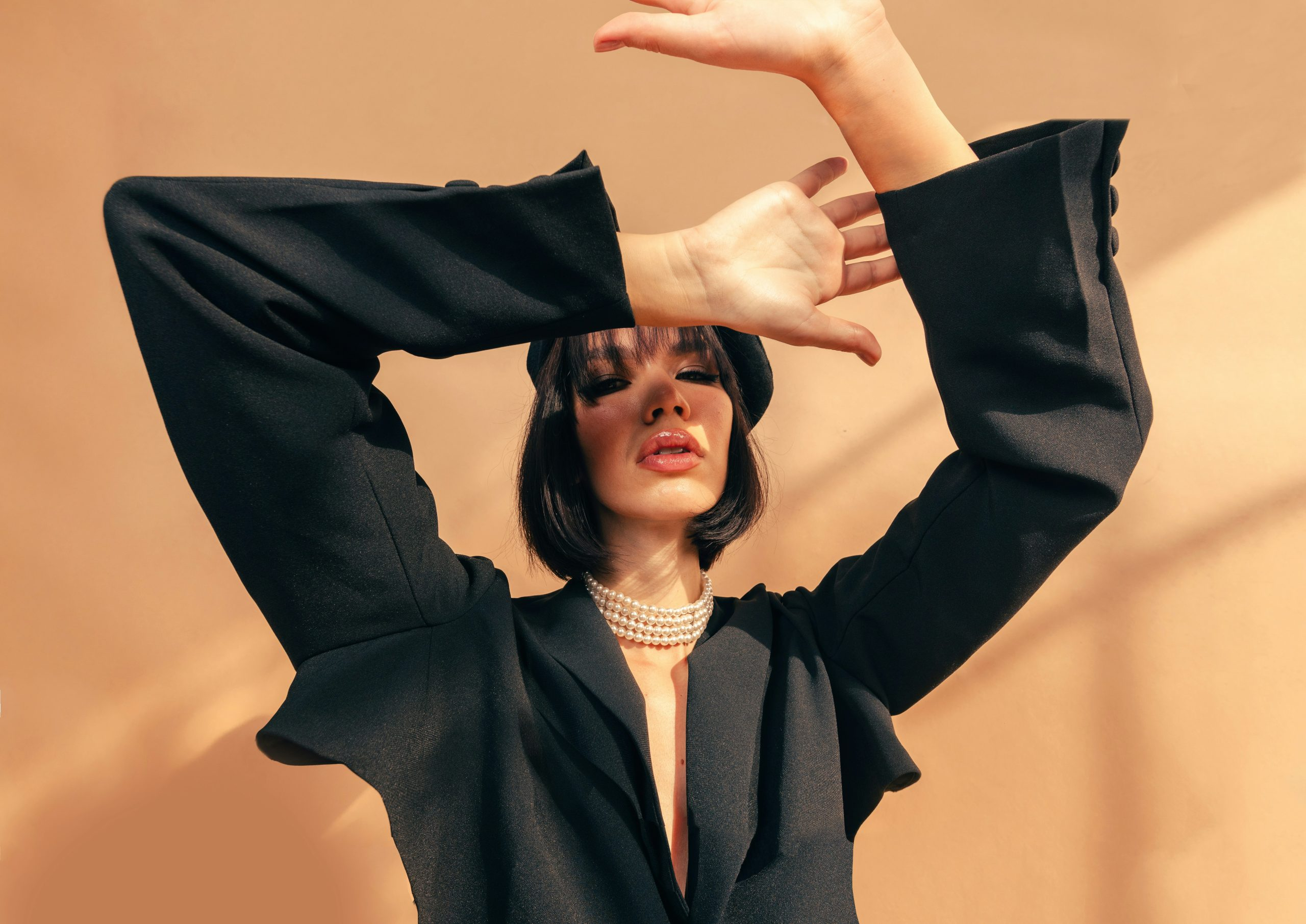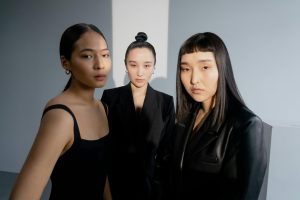The rise of cross-gender fashion ambassador collaborations
With the ever-evolving landscape of fashion and its constant push for inclusivity and diversity, it comes as no surprise that cross-gender collaborations are on the rise. Gone are the days when fashion was confined to traditional gender norms, as more and more brands are breaking boundaries and joining forces with cross-gender fashion ambassadors. These collaborations not only challenge societal norms, but they also open up new and exciting opportunities for the fashion industry. In this article, we will dive into the rise of cross-gender fashion ambassador collaborations and explore the impact they have on the fashion world.
The Shift Towards Cross-Gender Collaborations
In recent years, there has been a noticeable shift towards cross-gender collaborations in the fashion industry. Designers, brands, and fashion houses are recognizing the importance of representing different genders in their collections and campaigns. This shift can be attributed to the growing demand from consumers for more representation and inclusivity in the fashion world.
Cross-gender collaborations not only allow for different perspectives and voices to be heard, but they also bring a fresh and unique approach to fashion. By breaking away from traditional gender norms, brands and designers can appeal to a wider audience and tap into a new market. This trend can also be seen as a step towards breaking down societal norms and embracing diversity in the fashion world.
The Impact of Cross-Gender Collaborations
1. Blurring Gender Lines
One of the major impacts of cross-gender collaborations is the blurring of gender lines in fashion. With the help of cross-gender fashion ambassadors, brands are breaking away from the traditional definitions of men’s and women’s clothing. This is reflected in their designs, campaigns, and overall messaging, which is becoming more gender-fluid and inclusive.
For example, luxury fashion brand Gucci collaborated with musician Harry Styles to showcase their first unisex fragrance. The campaign featured Styles wearing traditionally feminine clothing, challenging the notion that certain styles are solely reserved for one gender. This collaboration not only challenged gender norms in fashion, but it also sparked conversations and brought attention to the need for more inclusivity in the industry.
2. Promoting Diversity
Cross-gender collaborations also play a crucial role in promoting diversity in the fashion industry. By partnering with fashion ambassadors from different genders, backgrounds, and cultures, brands can showcase a more diverse and inclusive representation in their campaigns and collections.
One such example is the collaboration between Nike and model Paloma Elsesser, who identifies as a plus-size, mixed race woman. Elsesser has been featured in various Nike campaigns, promoting body positivity and diversity in the athletic-wear industry. This partnership not only champions inclusivity, but it also encourages others to embrace their own unique identities.
3. Changing Beauty Standards
Cross-gender collaborations have also played a role in shifting beauty standards in the fashion industry. By featuring diverse fashion ambassadors, brands can challenge the traditional and often unrealistic beauty standards that have been perpetuated for decades.
L’Oreal’s partnership with transgender model Valentina Sampaio showcases a step towards redefining beauty standards and breaking away from the ‘one-size-fits-all’ narrative. By collaborating with fashion ambassadors from different genders, brands can promote a more realistic and inclusive representation of beauty.
The Future of Cross-Gender Collaborations
The rise of cross-gender fashion ambassador collaborations is a positive step towards promoting inclusivity, diversity, and breaking down societal norms in the fashion industry. With the growing demand for representation and inclusivity, it is safe to say that we will continue to see more cross-gender collaborations in the future.
Brands and designers now have the opportunity to use their platforms to amplify the voices of underrepresented communities and showcase a more diverse and inclusive representation of fashion. This shift towards cross-gender collaborations not only benefits the fashion industry, but it also has a greater impact on society by challenging traditional norms and promoting diversity and inclusivity.
In Conclusion
The rise of cross-gender fashion ambassador collaborations marks a significant shift in the fashion industry towards inclusivity and diversity. By breaking away from traditional gender norms, these collaborations not only bring a unique and fresh perspective to fashion but also have a positive impact on society. With the increasing demand for representation and inclusivity, it is safe to say that cross-gender collaborations will continue to play a crucial role in shaping the future of fashion.










